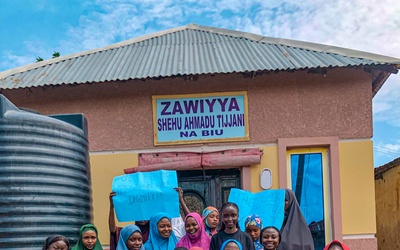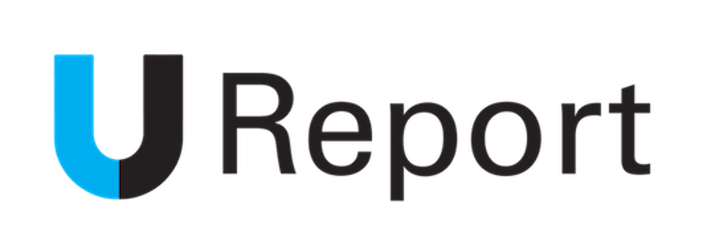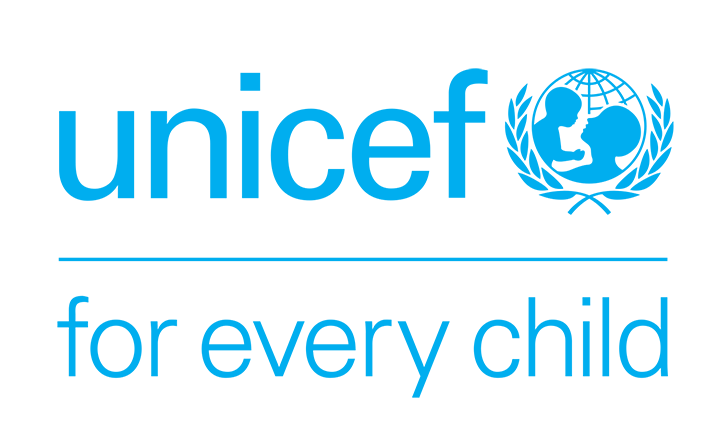UNICEF’s role in planning, measuring, tracking, and reporting on results for children requires the ability to gather, connect, and share information between multiple sources and actors. The demands for real-time information and problem solving with partners is vital, especially in humanitarian action.
Luckily we have experts and tools that help us do this.
One of these tools is eTools. eTools is a set of electronic tools that makes it easier for UNICEF to manage its partnerships and monitor implementations. The first iteration of eTools started in UNICEF Lebanon and now our Innovation colleague, Kidus Asfaw, has taken the lead on engaging our organization’s 132 country offices in using it.
I sat down with Kidus Asfaw, former Global Product Manager for RapidPro, who is now leading the country engagement and rollout efforts for eTools. We talked about his new role with eTools, the future of his previous role on RapidPro, and lessons learned from his time with the Global Innovation Centre.
1. What will your role with eTools look like?
Kidus Fisaha Asfaw (KFA): I’ve joined the eTools team as the lead on country engagement and rollout. I’m going to be working to ensure that eTools is an instrument that UNICEF and its partners can use for monitoring and reporting on their work. We are trying to streamline the way that UNICEF country offices are able to make the linkage between the money they spend and expected outcomes they have set to achieve in advancing the rights of children.
It excites me to see how UNICEF is able to adopt two things that haven’t been done in the humanitarian and development space:
- UNICEF is taking on new ways to measure the way it delivers results for mothers and children.
- UNICEF is adopting the principles of innovation by building a data driven, open source, enterprise system in-house that will continue to evolve and support our work.
2. What is the future for RapidPro?
KFA: RapidPro is a free open source communication platform that allows anyone to design and scale mobile-based services. Using RapidPro, you can reach users through multiple languages and mobile-based channels (SMS, voice, social media). Most importantly, RapidPro lets decision makers collect and receive data in real-time.
In my opinion, the biggest leap that RapidPro has contributed to is making systems interoperable with one another. For example, within mHealth, it’s about how RapidPro fits into the broader architecture and standards in the mHealth space. There are many mHealth tools, which is why it’s important to introduce RapidPro not as an “be-all end-all” system but as a powerful communication platform that can seamlessly connect with other systems.
Our mHealth projects are driving RapidPro to have a wider community behind it, both from developers and users, and a more sophisticated governance structure.
3. What’s the biggest lesson you learned while working with the Global Innovation Centre (GIC)?
KFA: That you can do so much with so little. We were a relatively small team that had several important traits. One, we are committed and passionate to our line of work and the mission to continue making UNICEF innovate for children.
Secondly, we are able to work in a cross-cutting environment; none of us had just one thing to do. While each one of us respected each other’s expertise, we were able to train one another. For example, our CTO taught us how governance should work in open source projects. Our deployment lead was able to articulate how the products we build translate into UNICEF’s core objectives. We had a team that was able to teach one another and push each other. That was very unique.
Lastly, we had leadership that not only had high expectations from us but also gave us an unprecedented amount of responsibility to deliver. A day never went by without our director, Dr. Sharad Sapra, pushing us to achieve an inch further than what we thought was possible. This was always a great challenge; it always kept us on our toes, but boy was it exciting.
4. What were the biggest challenges you faced while working at the GIC?
KFA: I wouldn’t say it’s a challenge, but a consequence of the type of work we do is that we at times go against the grain from what is seen as the organizational norm. This is usually not a comfortable feeling to those who are used to doing something a certain way for a long time. The challenge we set out for ourselves was to drive our users to see the value of our work on their own. User-centered design exercises really helped with this, and we have really great guys like Stuart Campo who are very effective in running these exercises with our staff.
5.In what way will you continue collaborating with UNICEF Innovation and the Global Innovation Centre?
KFA: UNICEF Innovation is a network of people, teams, and partners that share and learn from each other’s work. From that aspect, I see myself as continuing to be part of that network. Having worked intimately with so many bright, driven people in Uganda and New York, UNICEF Innovation is also family to me.
GIC also sits on the project board of the eTools project, so I have continued to work a lot with some team members and include their expertise to make this product a success.
6. What are your fondest memories of this crazy team of nerds?
KFA: A year ago, we had a Global Innovations Summit in Malaysia. We went through an exercise to identify how we see innovation, how we see UNICEF, and how we understand the work that we do. One of the things that stood out was that everyone had the same interpretation of what our work is, but was able to convey that interpretation in different ways. Our strength was that we had a core mission that we were able to represent in a very diverse way.
Also, to be clear, I have not left UNICEF Innovation, I am part of that global force of individuals, teams, organizations, offices, that will continue to advocate for newer and different ways of doing things that can add concrete value to how UNICEF functions and advances the rights of children. I am excited to see how I can contribute from a completely different role.








